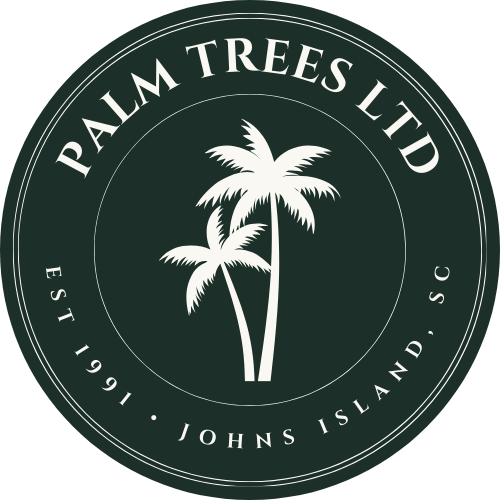
Needle Palm (Rhapidophyllum hystrix)
A Clumping, under story palm with many palmate, deep-green leaves that have silvery undersides. Its crown is protected by numerous and very sharp needles, hence the name.
Native habitat:
River flood plains of the Southeast, mostly below the fall line. The Needle Palm grows under hardwood trees where the water doesn't flood too deeply in winter, and sometimes, over limestone, though rare.
Size: Ultimately, the plant can be about 10 feet high and wide. Most are usually around 5 feet high. Growth rate is slow.
Cold hardiness: Large established specimens in good sites will easily take short spells of 5 degrees below zero. Fifteen degrees below zero is usually fatal. It is the world's hardiest cold-hardy palm. Unlike most palms, it does not seem to mind damp, cold conditions in winter. In good sites, it thrives even at the lower elevations in the Appalachian Mountains.
Culture: Looks best with very light shade and adequate moisture, but adapts to many situations. In zone 7 and north, it must have some sun every day to do well. Caterpillars occasionally attack needle palms, though are easily controlled. They grow well in any soil with adequate moisture.
Landscape use: Use as a single specimen or in groups. A truly stunning native plant. The spines can sometimes be a hazard and foul smelling seeds are produced in profusion. You won't want to move this plant for a few years, so it's best to think before you plant. It is not very tolerant of salt spray. The needle palm's beauty more than makes up for any of it's faults.
Other notes: One of the easiest palms to grow in the Southeast. The needle palm requires warm, moist summer to do well. Endangered in the wild, the needle palm's future may depend on its popularity as a landscape plant. Interestingly, in Florida it is illegal to collect these palms without a special permit, but no such permit is required to bulldoze them.

